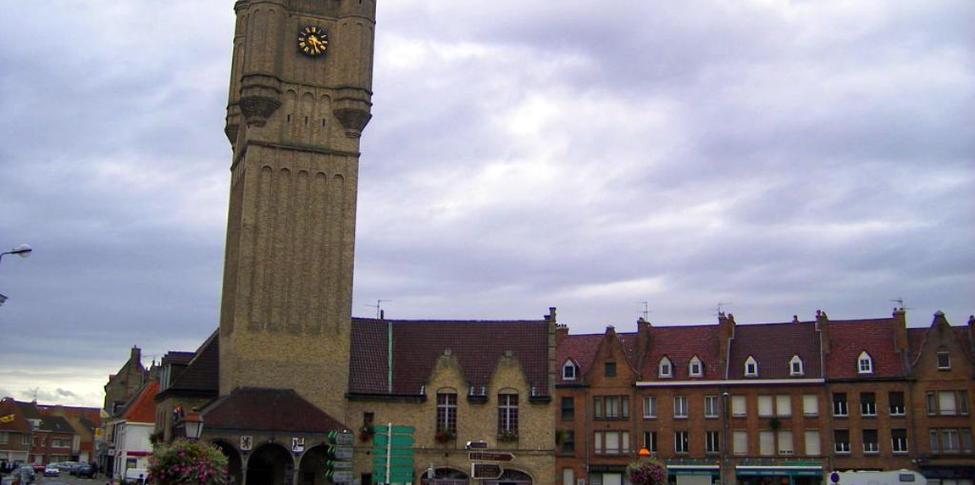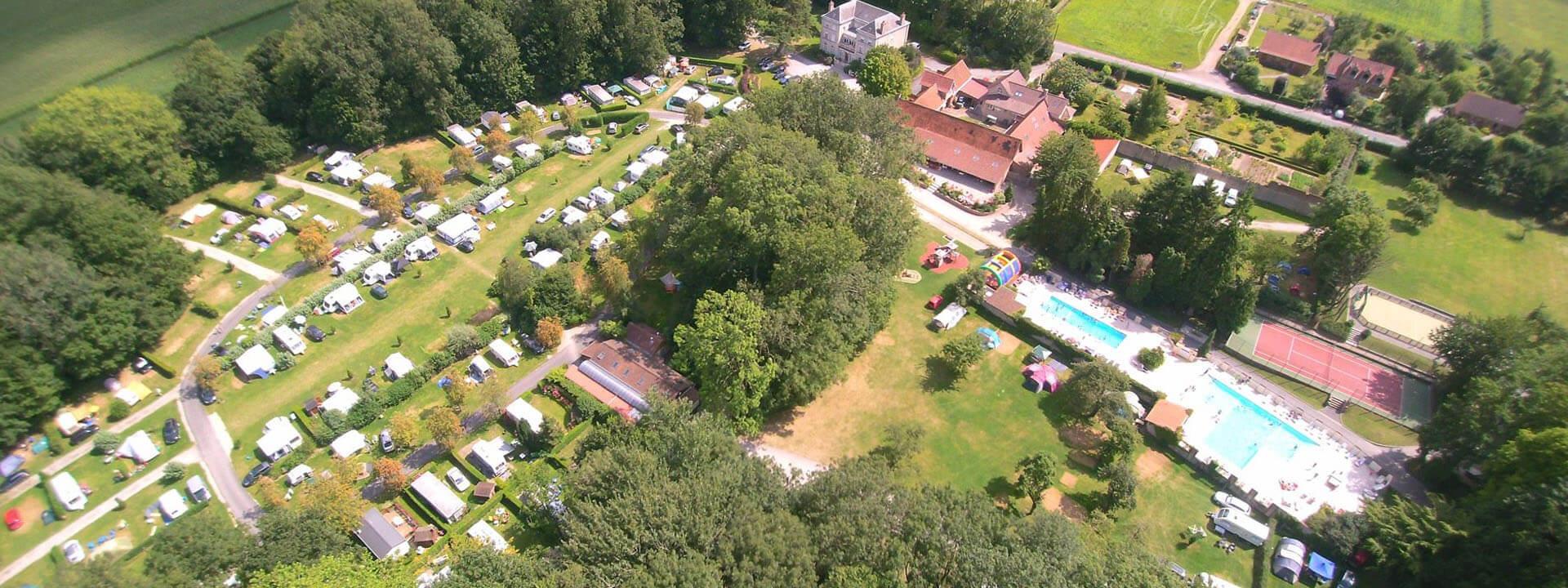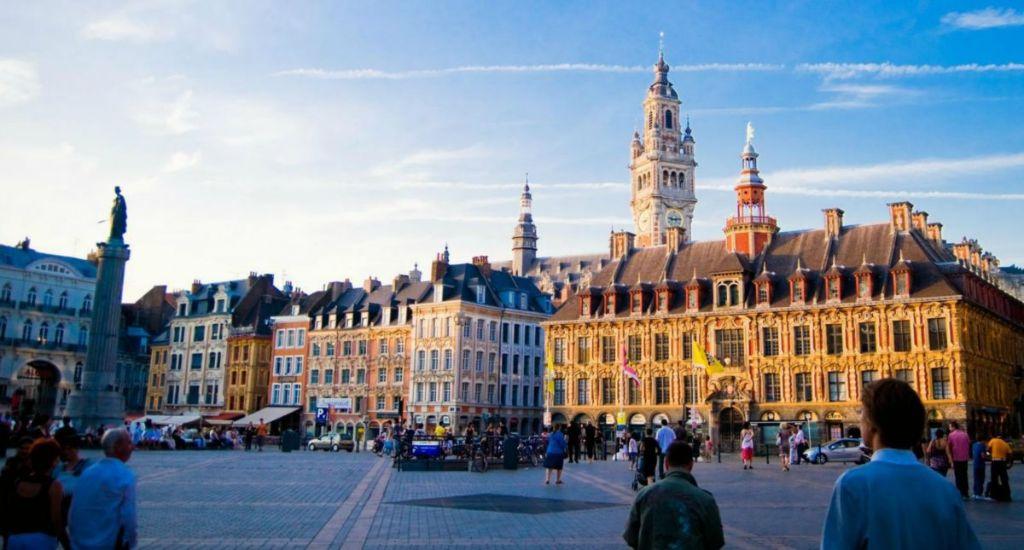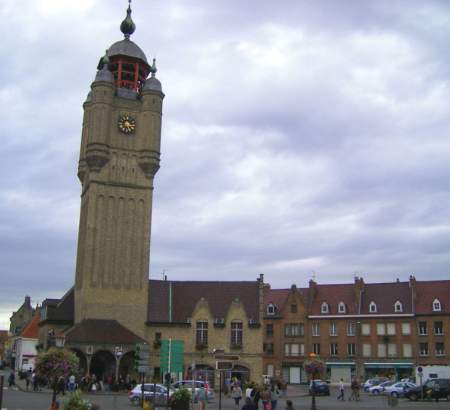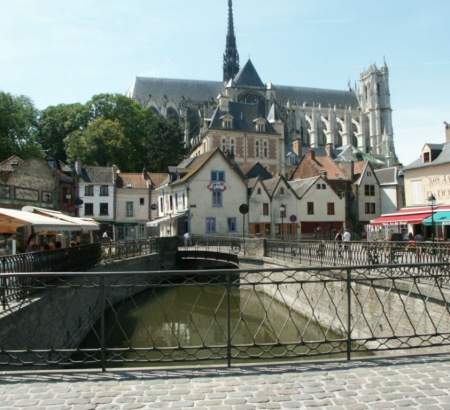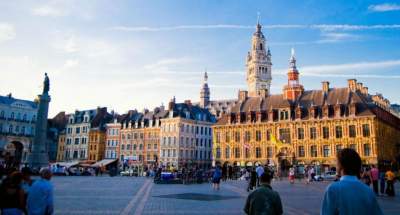Discover the Hauts de France with our 4-star campsite
Where to find Château du Gandspette, our Hauts-de-France campsite with swimming pool and water park? in Northern France, which is the result of the merger of Nord-Pas de Calais and Picardy.
Campsite 1 hour from Lille
Just 1 hour from the campsite, Lille has been a trading city since its origins and a manufacturing town since the 16th century. The industrial revolution made it a major industrial capital (textile and mechanical industries). The construction of the new Euralille business district from 1988, the arrival of the TGV high-speed train in 1993 and the Eurostar in 1994, and the development of a student and university centre. Lille's status as a City of Art and History, European Capital of Culture and Lille 3000 are the main symbols of the city today. Lille is famous for its Vieux Lille district and its street market (1st weekend in September).
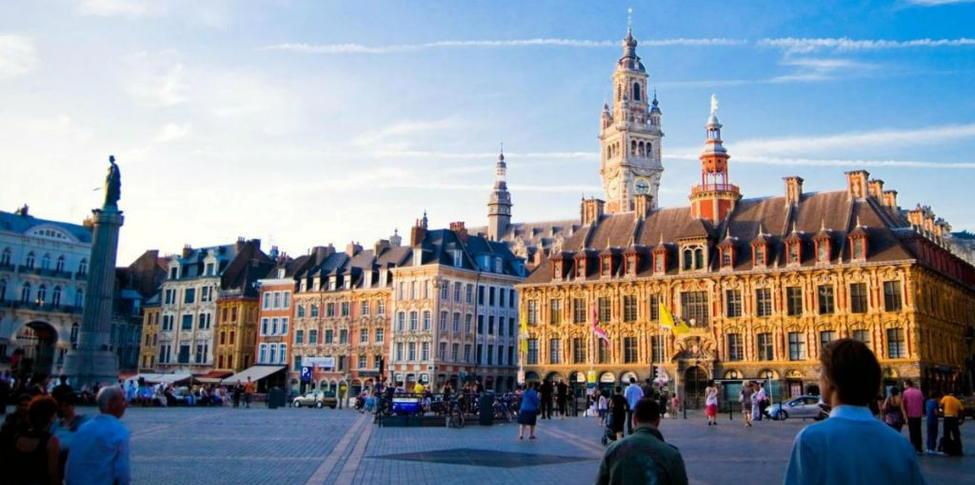
Lens 45 minutes from the campsite
Lens-Liévin, 45 minutes from the campsite, is famous for its Louvre-Lens museum and its proximity to the sites of Vimy and Notre-Dame de Lorette.

Campsite 1h30 from Amiens
Amiens, 1h30 from the campsite, is France's leading city in terms of the number of UNESCO World Heritage Sites. Amiens is famous for its Notre-Dame cathedral, a jewel of Gothic art and one of the largest cathedrals in the world.
Nicknamed the "Little Venice of the North" because of the many canals that run through it and the hortillonnages (a series of floating gardens covering 300 hectares), Amiens boasts a rich heritage and picturesque districts that bear witness to its two-thousand-year history. Since 1992, the City of Art and History label has rewarded the protection and promotion of this heritage.

Campsite 1 hour from Arras
Just 1 hour from the campsite, Arras is famous for its two magnificent Baroque squares that form a unique architectural ensemble, its belfry and its Citadel, both of which are UNESCO World Heritage Sites. With 225 buildings protected as historic monuments, Arras is the town with the highest density of monuments in France, and has been awarded the "ville fleurie" (town in bloom) label with four flowers since 2004.
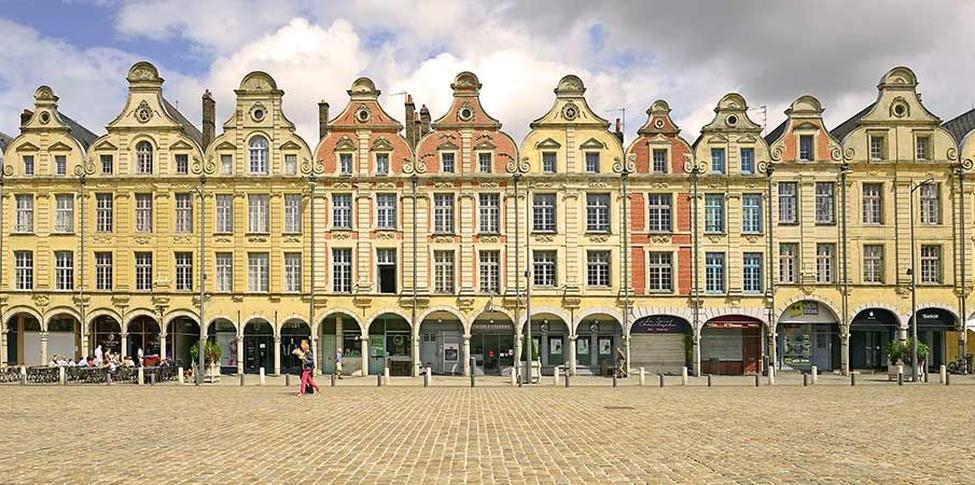
Campsite near Bergues
Bergues, a commune made famous by the film "Bienvenue chez les Ch'tis".
